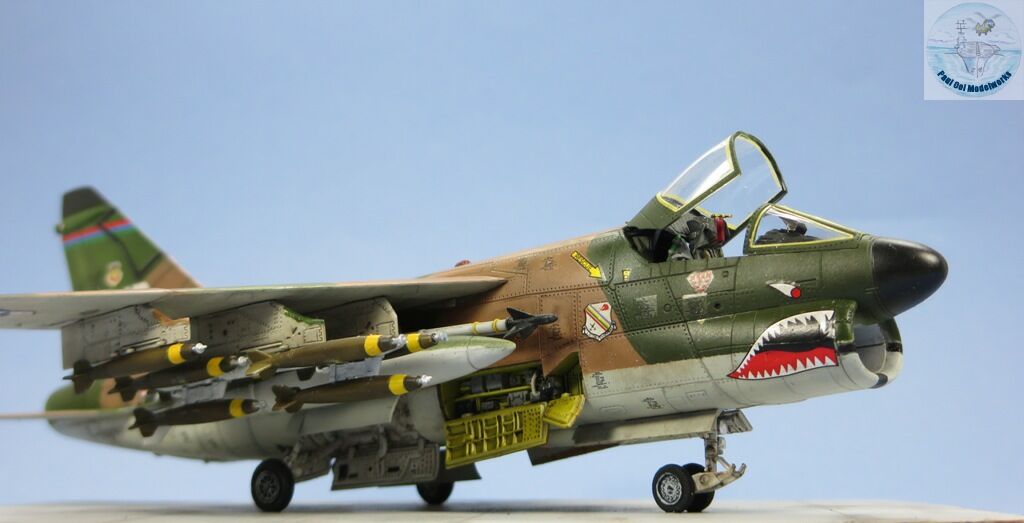
In the later stages of the Vietnam War between 1972 to 1975, the bombing raids into North Vietnam and Cambodia were launched by the USAF out of airbases in Thailand, namely from the Royal Thai AFB in Korat. Whether it was for close support of ground troops or the pinpoint precision bombing attacks on North Vietnamese targets, the Corsair II delivered devastation at a relatively low cost. Capable of carrying up to 15,000 lbs of bombs or a combination of other ordnance, the Corsair seemed to be able to get through the ground defenses and hit hard and get home in one piece. Of those operated by the USAF only six were lost, making it the aircraft with the highest survival rate in the Vietnam War. In exchange, it scored the highest accuracy and bomb hit rate of the entire war. To the troops on the ground, it was truly the bomb delivery truck.
Gallery
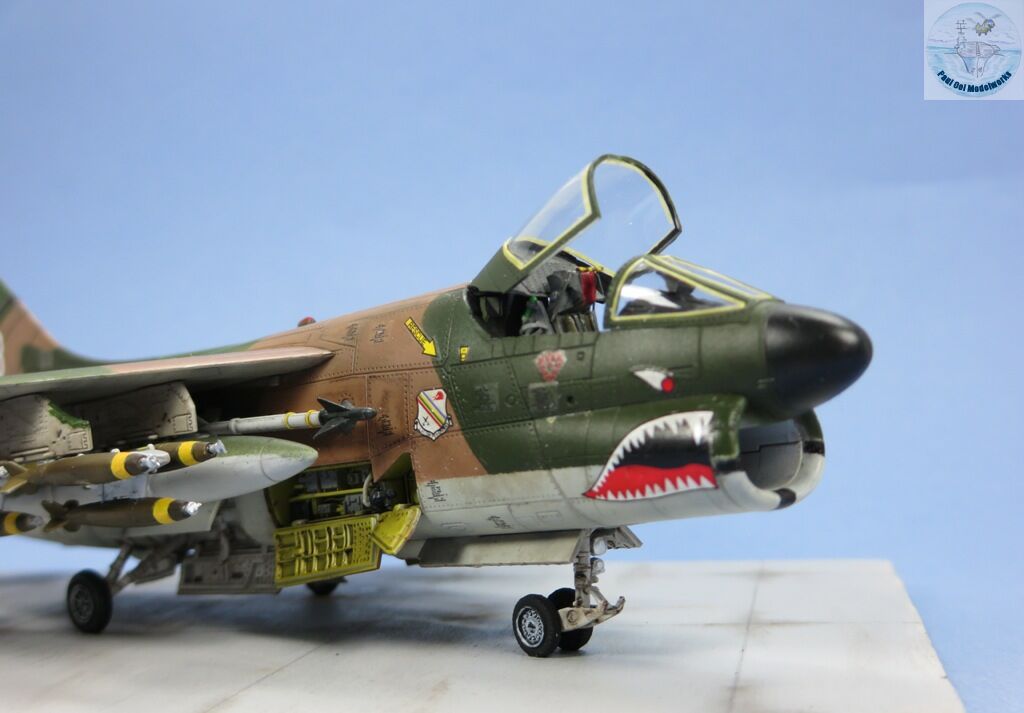
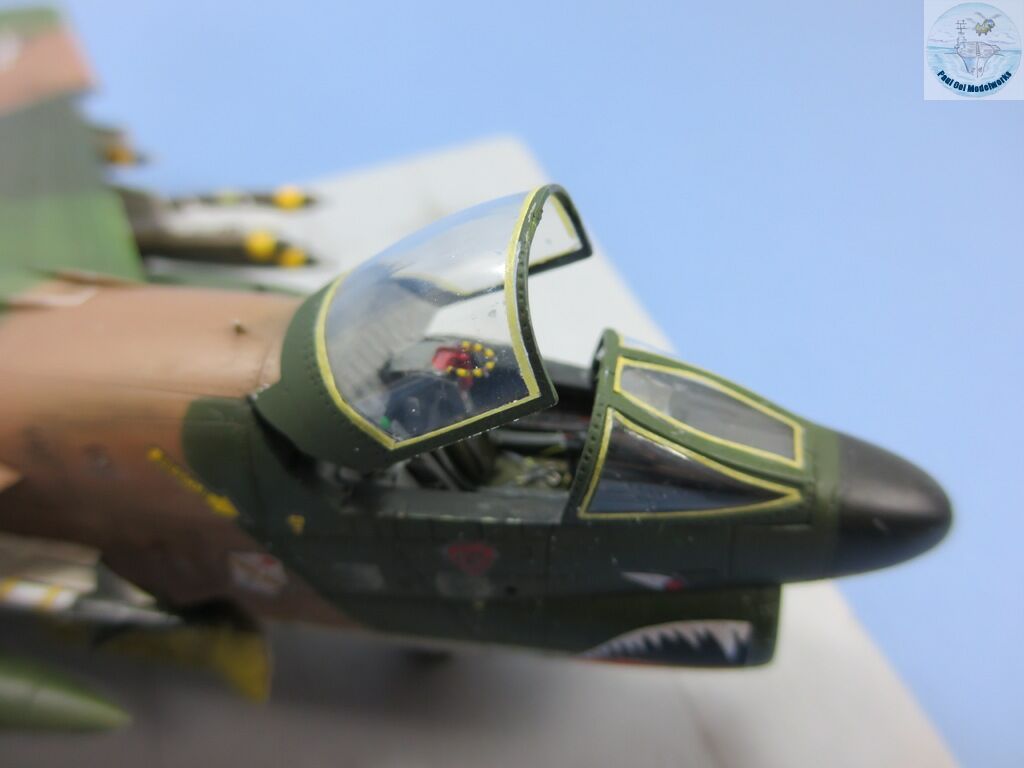
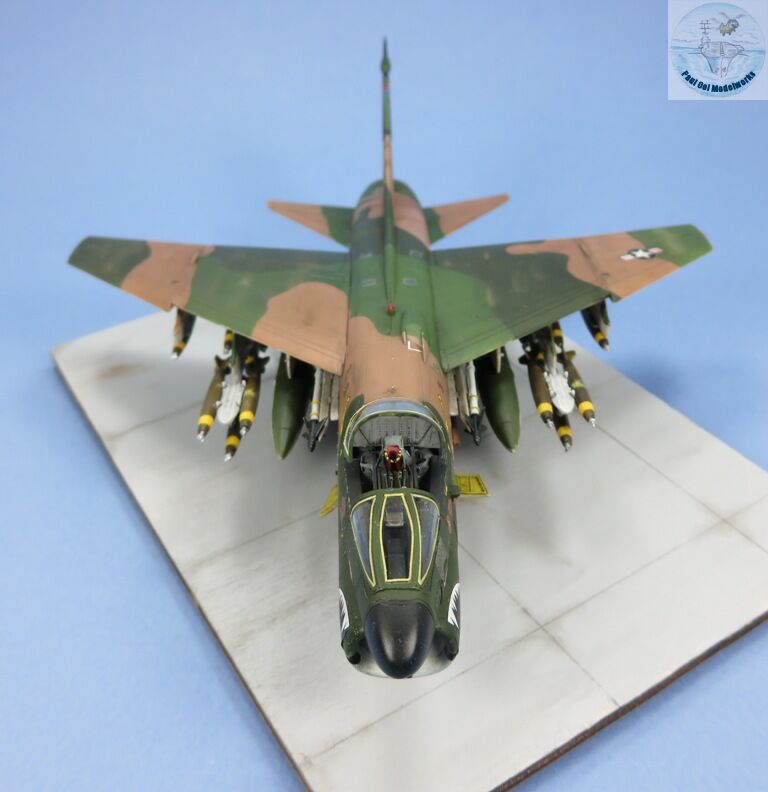
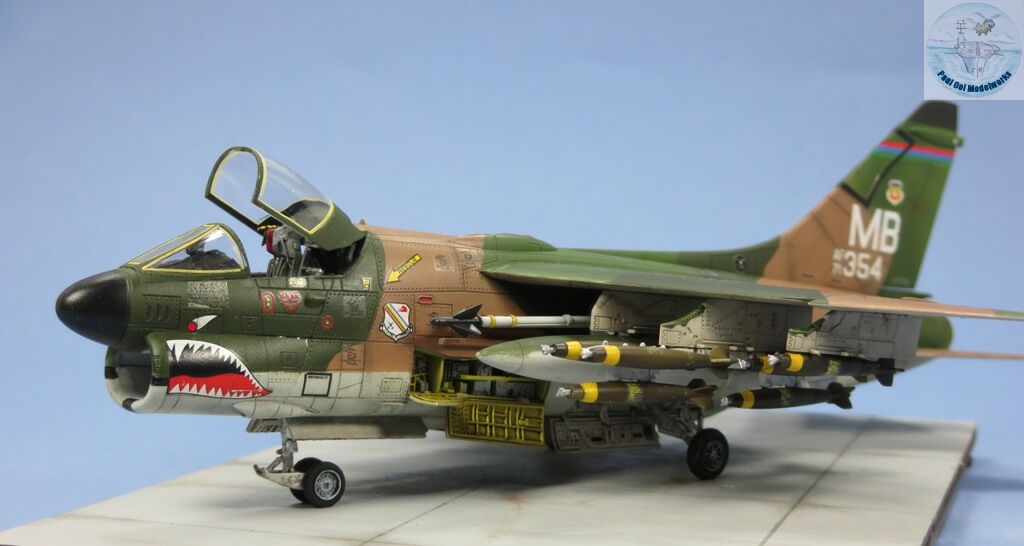
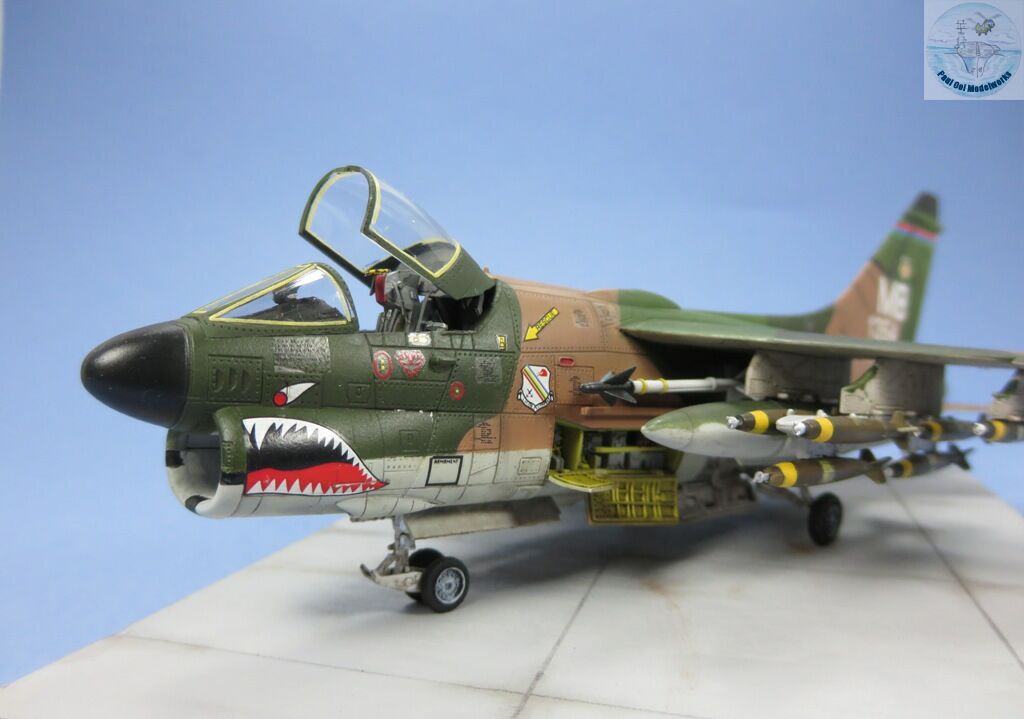

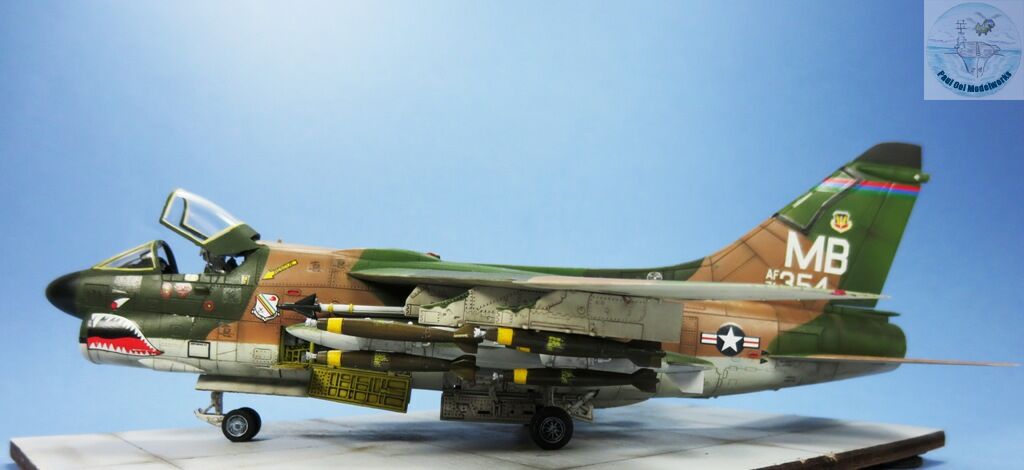
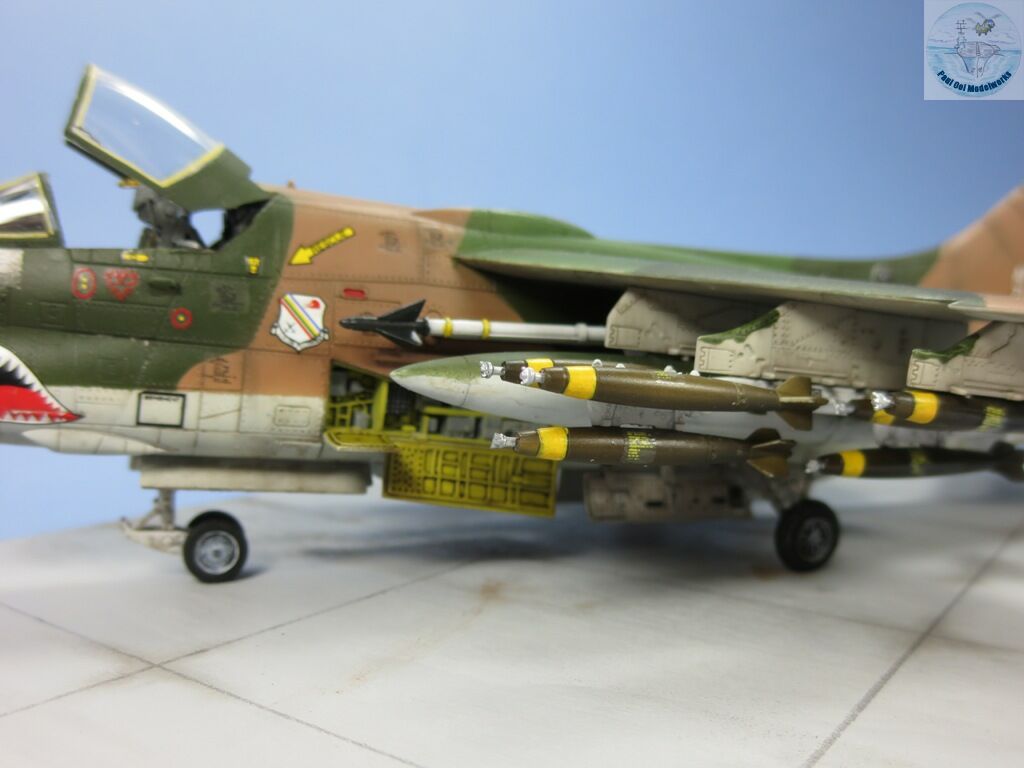
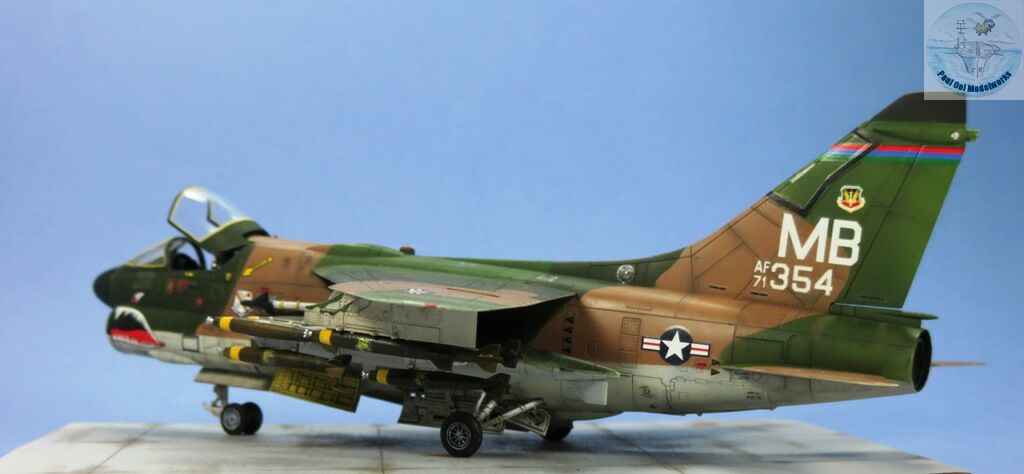
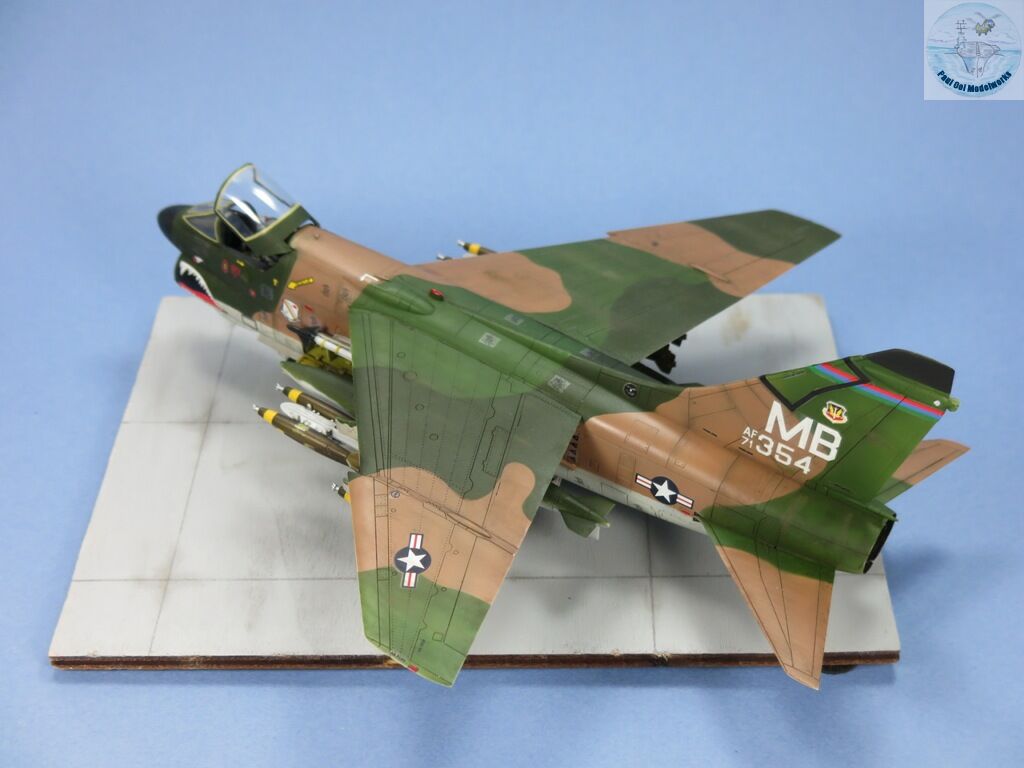
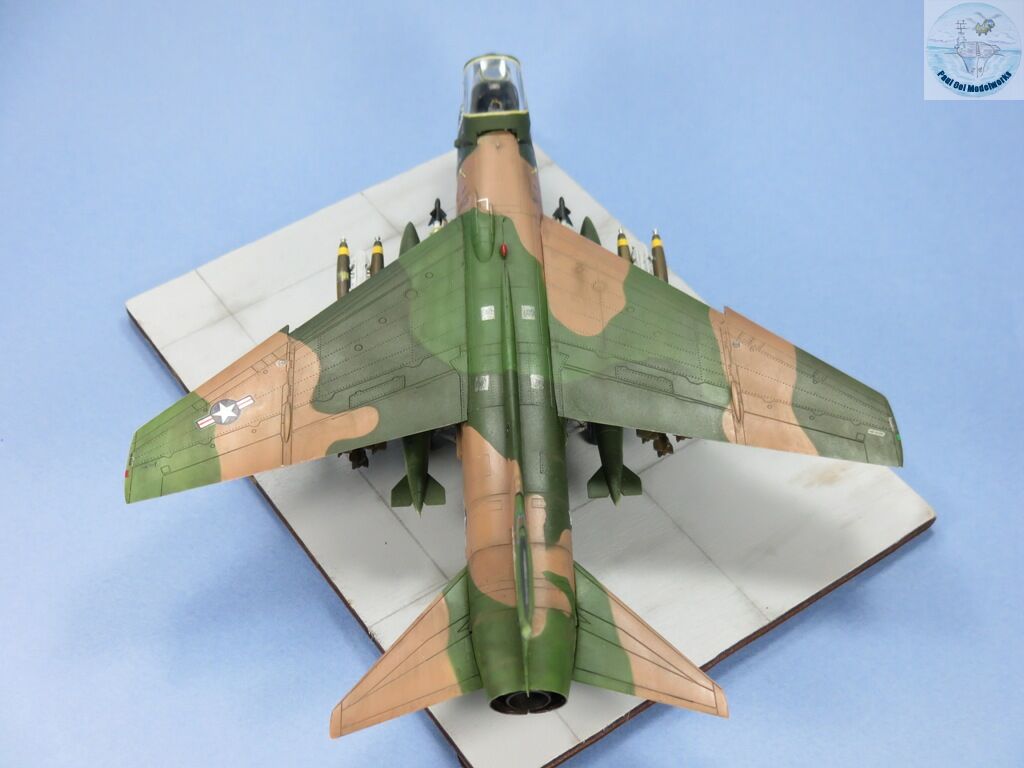
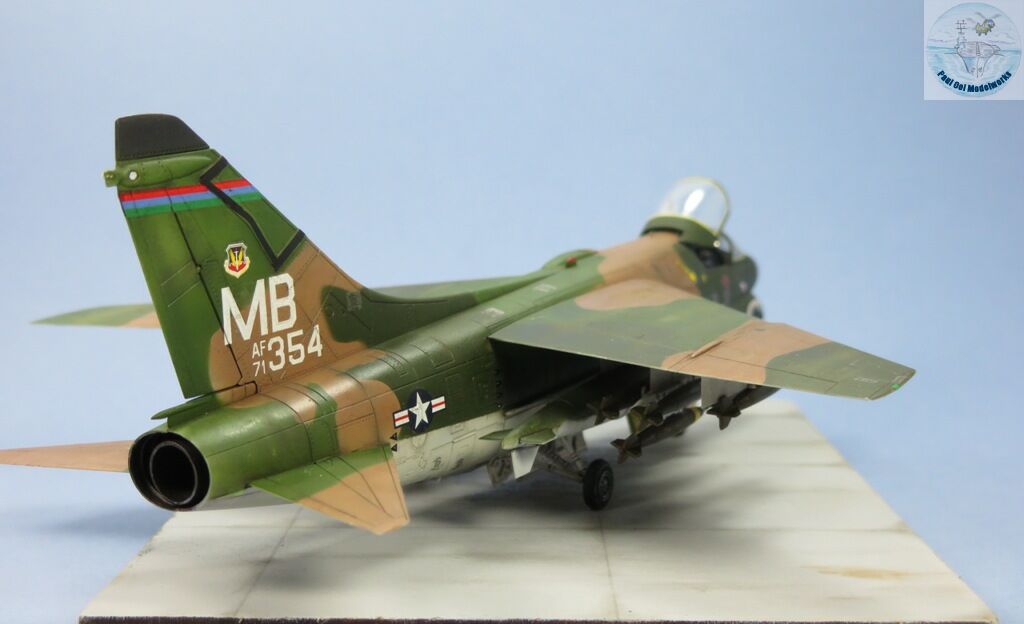
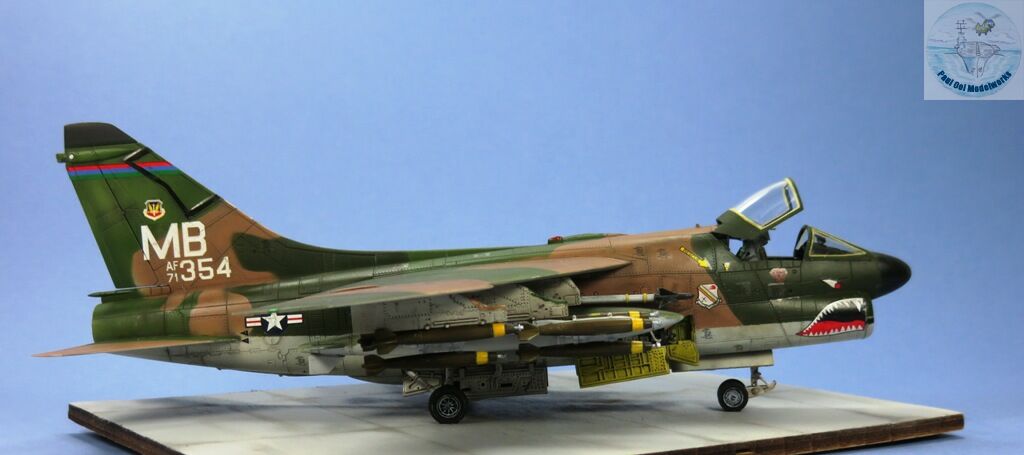
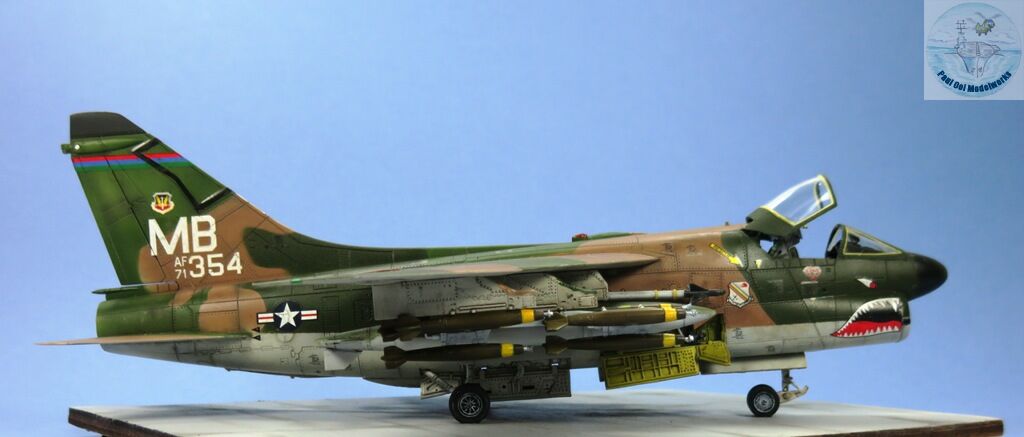
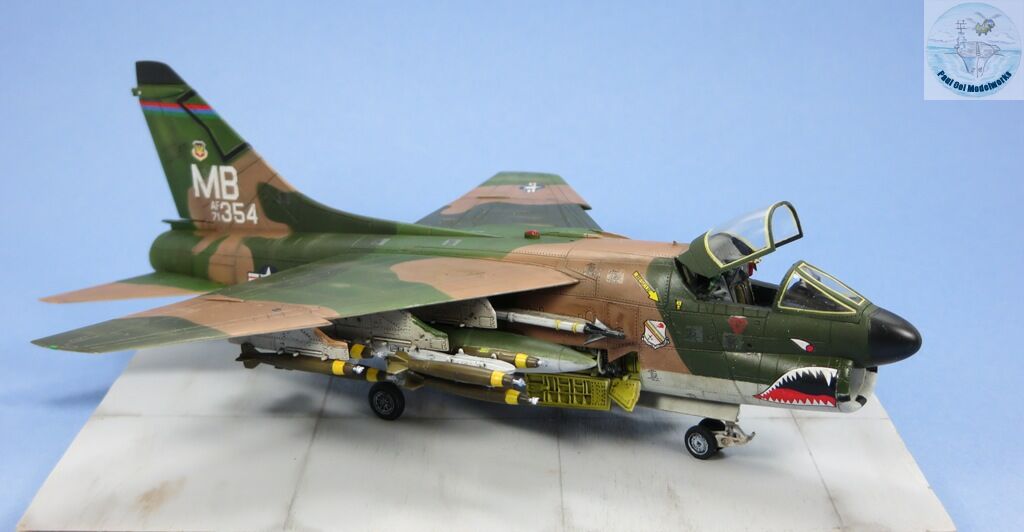
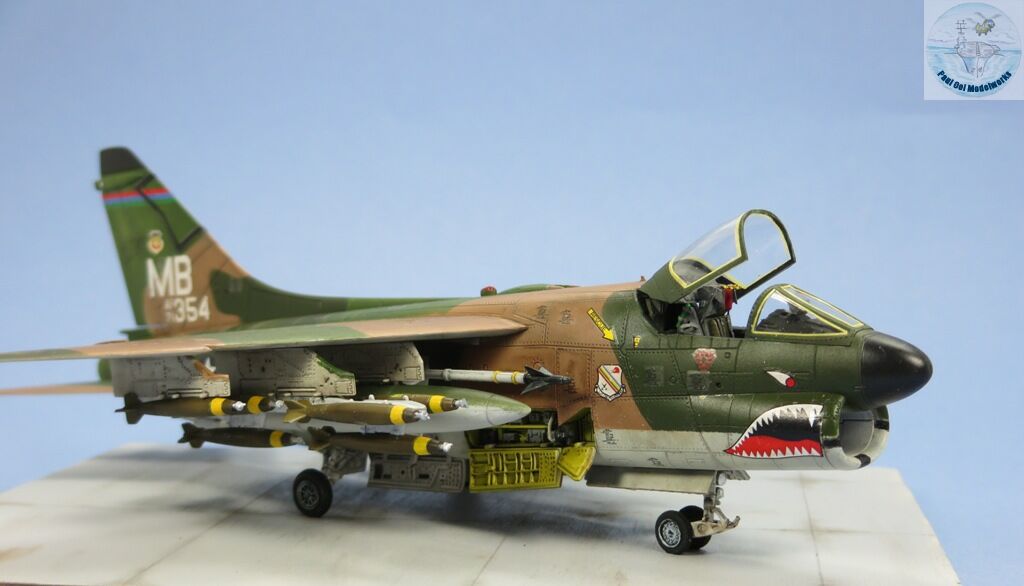
Construction Notes
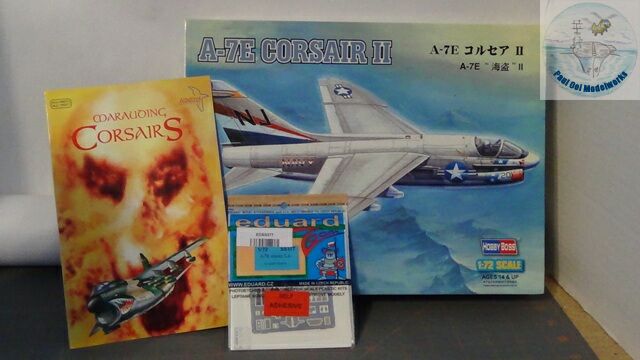
Hobby Boss issued a number of 1/72 scale Corsair II kits in various configurations. Originally I had intended to build the A7E Hellenic Airforce version stationed on the Aegean, so I also obtained the decals from Albatros Productions entitled “Marauding Corsairs II”. However when I looked over the choices available, one choice jumped out at me. It was the USAF A7D stationed in Korat during the 1972 Linebacker bombing campaign against North Vietnam. The snarling shark’s teeth surrounding the front air intake and the fact that these aircraft were known for their effective airstrikes against ground targets made this an instant choice. Luckily the kit came with parts for the A7D as well.
I wanted to show the aircraft fully loaded with bombs and fuel tanks, heavily weathered from the frequent sorties out of the hot and dusty plains of Korat in Northeastern Thailand. The aircraft lives up to its reputation as the bomb delivery truck, and looking every bit like it’s nickname SLUF (Short Little Ugly F…). The Corsair specialized in flying low and hitting very hard with it’s huge bomb load. It also had a phenomenal range capability, and could absorb a lot of punishment from groundfire, SAM’s and even the occasional dogfight with MiGs. The color scheme was the standard USAF three-tone tropical camouflage and light grey undersides.
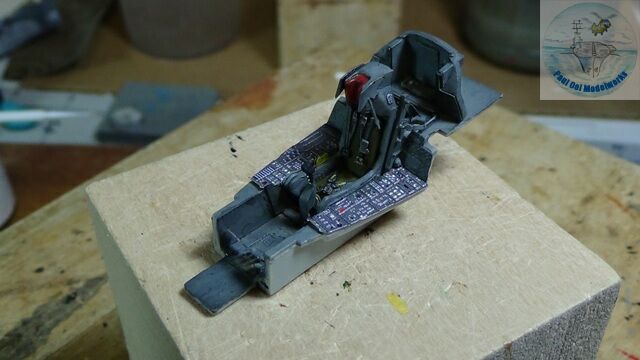
Cockpit was enhanced with photoetch Zoom details from Eduard.
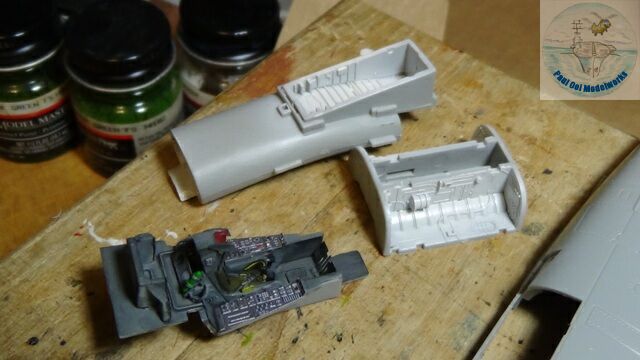
The inserts for the front fuselage are the cockpit tub finished mostly in Dark Gull Grey FS36231, front air intake and wheelbays. I inserted several lead sinkers into the rear of the air intake module as there is nowhere else in the assembly that had sufficient space to install nose weights.
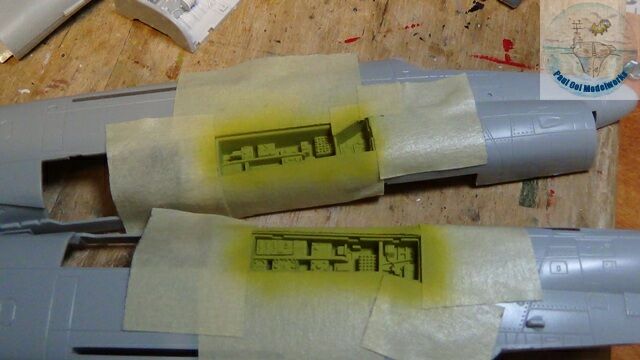
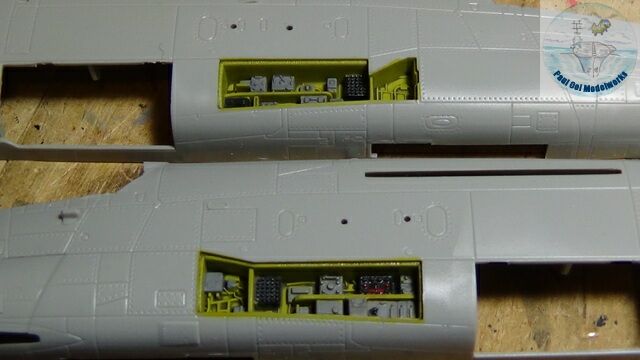
Detailing and painting of the avionics bays on both sides of the fuselage has to be done ahead as access to this part get very limited once the wings come on. The bays and doors are painted Tamiya Yellow Green XF-4.
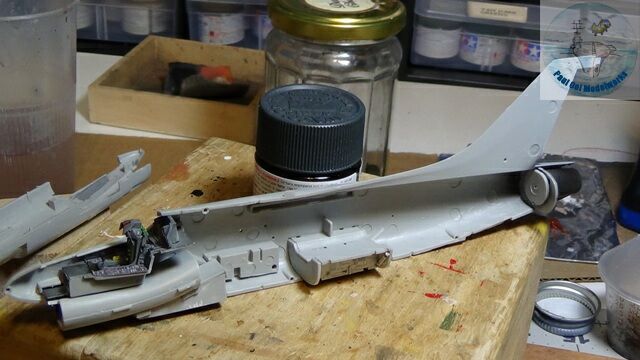
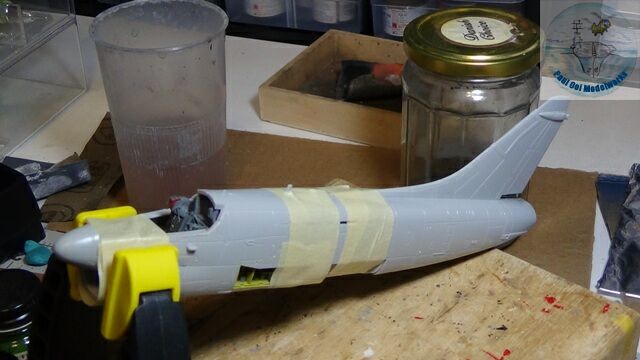
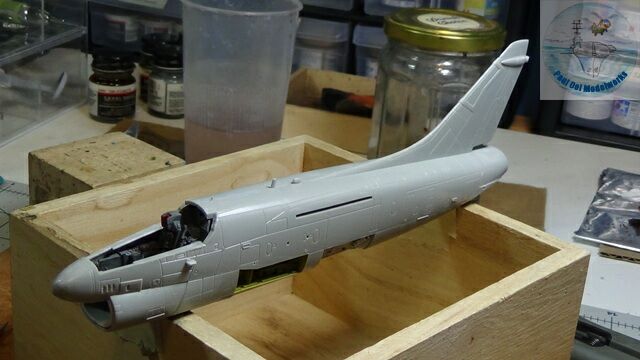
After carefully fitting all the fuselage inserts, it is time to seal the fuselage. Some firm persuasion was needed by way of clamps, restraining tape to get the fuselage all nicely firmed up.
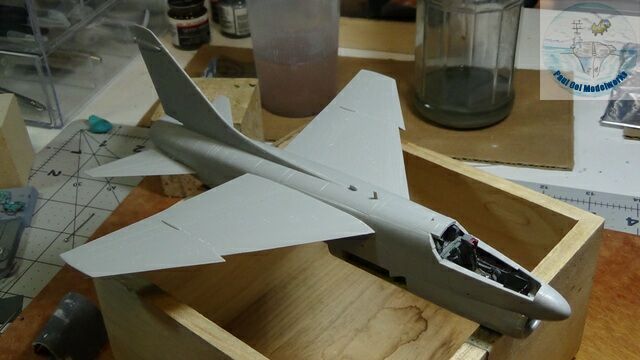
The wings and rear stabilizers are then carefully aligned and glued on.
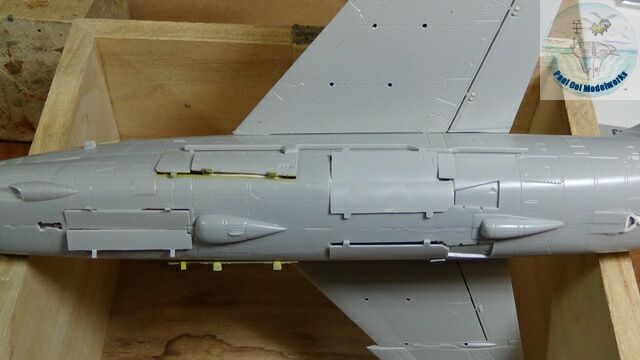
The fuselage is then flipped upon it’s back and the targeting sensor pods are installed on the belly of aircraft. Notice too that the wheel bay doors are attached (temporarily) to the aircraft’s underside for ease of painting and finishing.
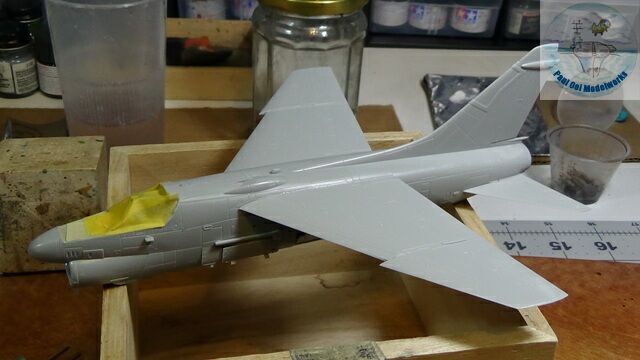
All the cockpit openings and bays are sealed off with masking tape in preparation for painting. Notice the intake bulge on the port side wing, only seen in USAF A&-D versions. I also removed the dorsal antenna fairing not found in A7-D’s.

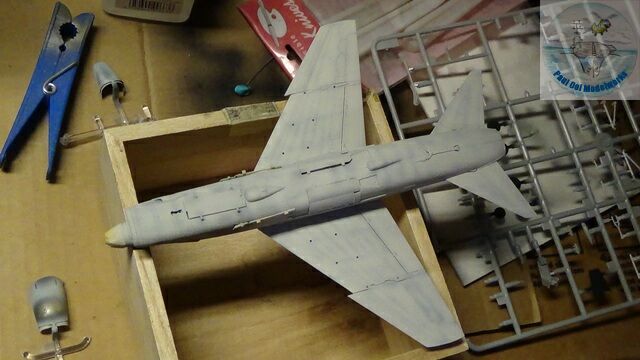
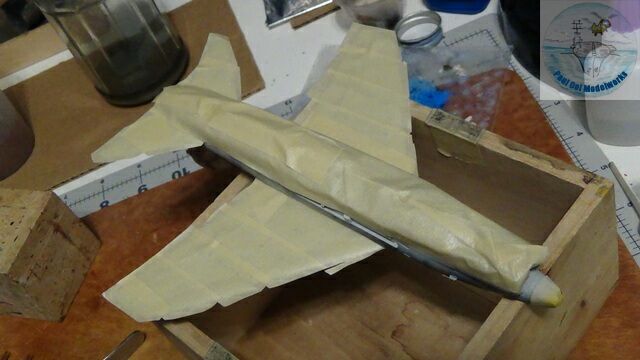
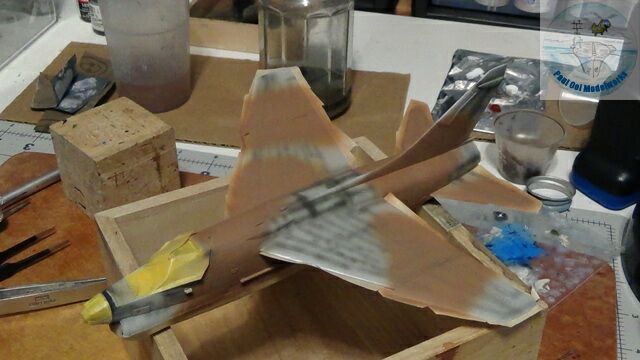
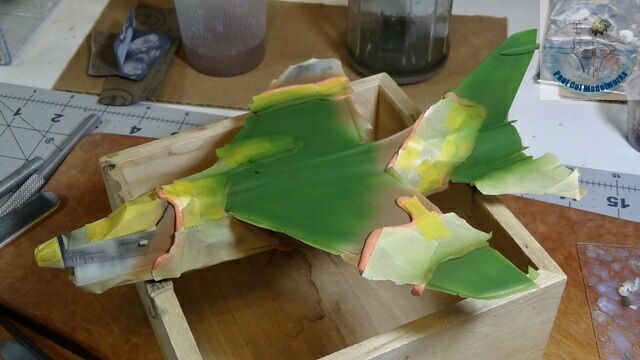
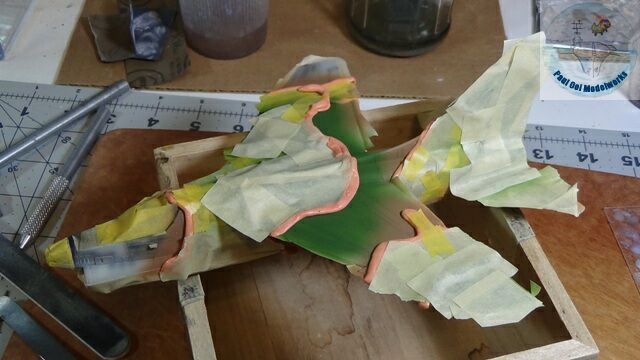
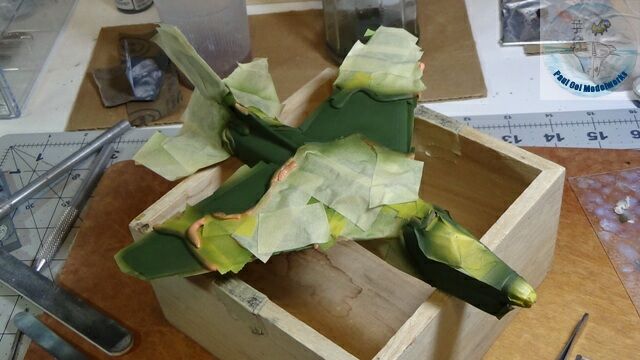
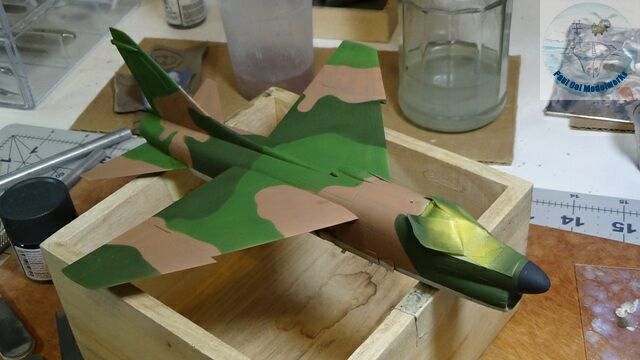
The usual painting sequence:
1. Undercoat shading with Tamiya NATO Black XF69
2. Underside painted with Camouflage Grey FS36622
3. Masking off the underside
4. Dark tan FS30219 applied
5. Tan areas masked off, Medium green FS34102 applied
6. Medium Green areas masked off, Dark Green FS34079 applied
7. Pledge Floor Polish varnish applied in two coats.
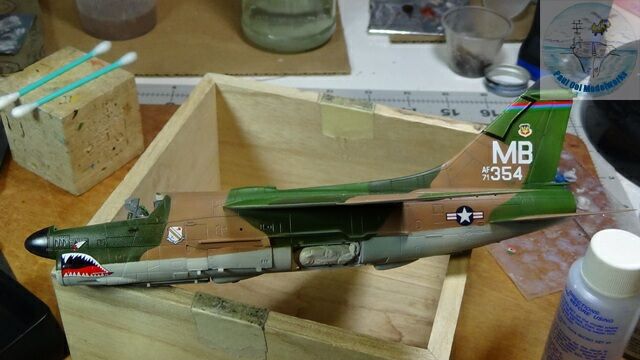
Once the varnish has cured, the decals are applied.
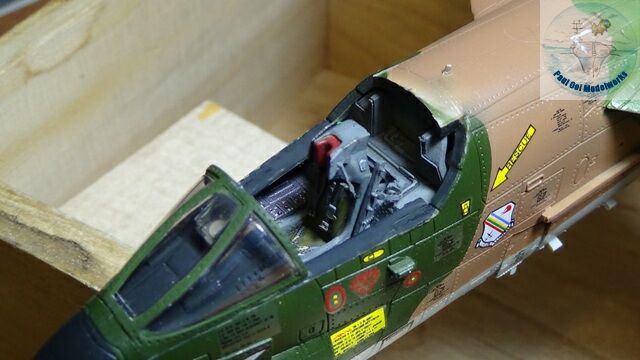
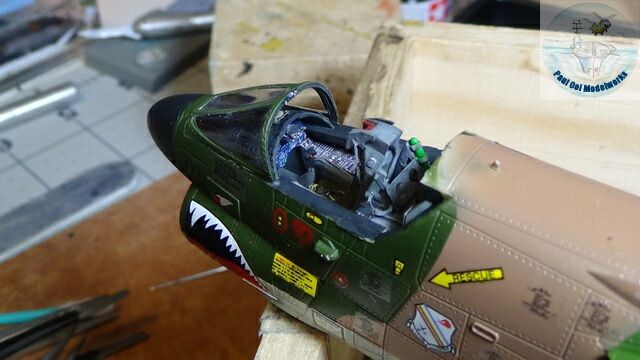
Finishing touches applied to the cockpit area, instrument panel and front windscreen attached.

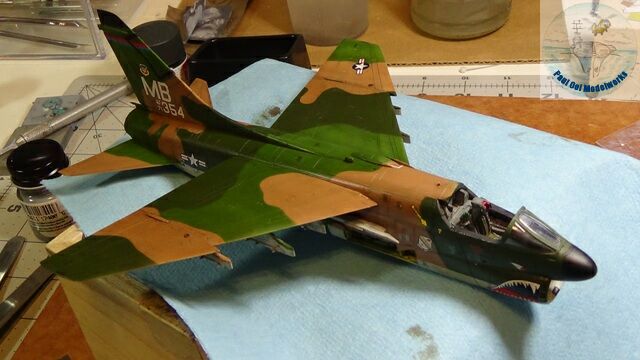
Bomb pylons installed under the wings, and the entire aircraft is given a turpenoid wash of Payne’s Grey: Burnt Umber 50%:50%.
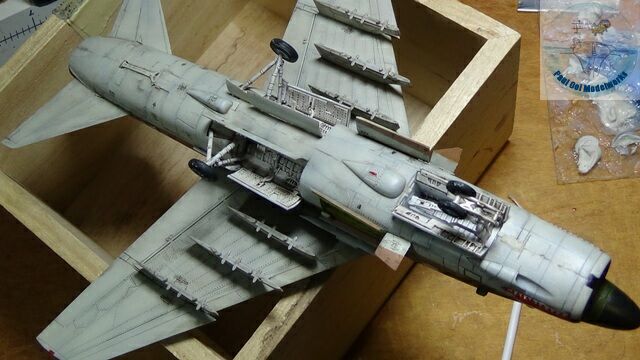
Underside wheels and doors installed. The front wheel post was also different for the A7-D using the ones with landing lights (the Navy A7 E version has a deck towing handle attachment instead) without a towing handle.
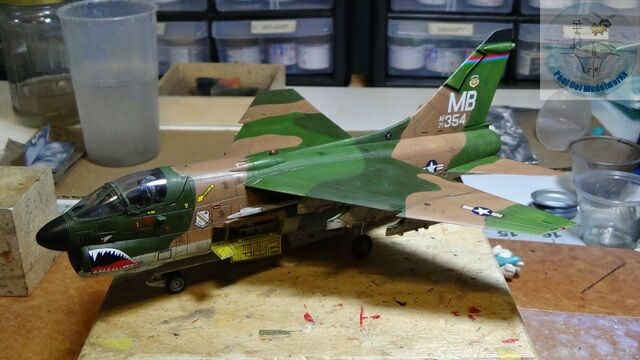
Then the aircraft is finally able to stand on it’s own feet.
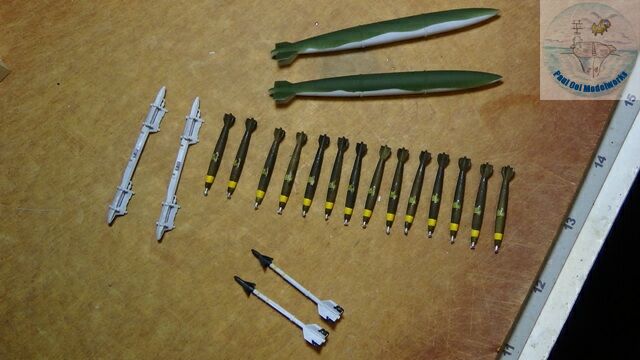
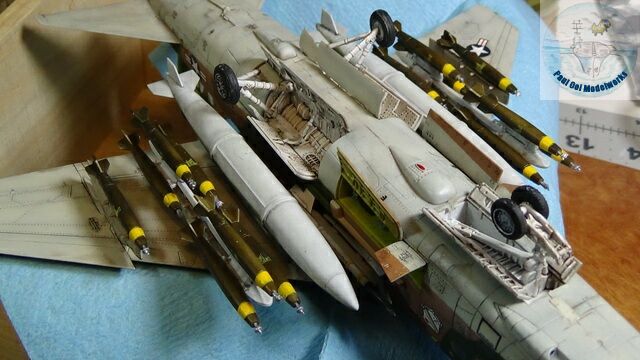
The bombs, Sidewinder missiles and drop tanks are painted, decaled, and installed over a one week period (it’s more work than I realized).


Yellow strip tape were added to the glazing to simulate the yellow sealant layer found in Corsair II canopies.
With the canopy attached, SLUF is ready to fly delivery for another batch of bombs.
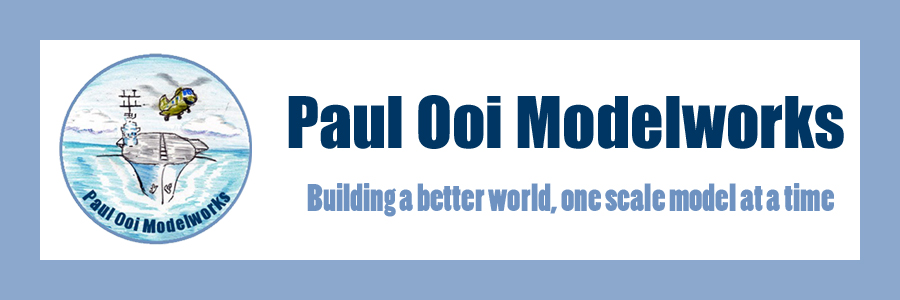
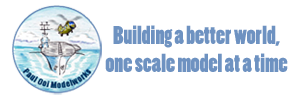
Absolutely gorgeous work. I’m building the a 7D in 1/32 scale and getting ready for the paint scheme. I really did enjoy the article. Good work good job.
Hello Mike, Glad you liked the article. Good luck with the 1/32 build. You could really cram it full of details. Paul